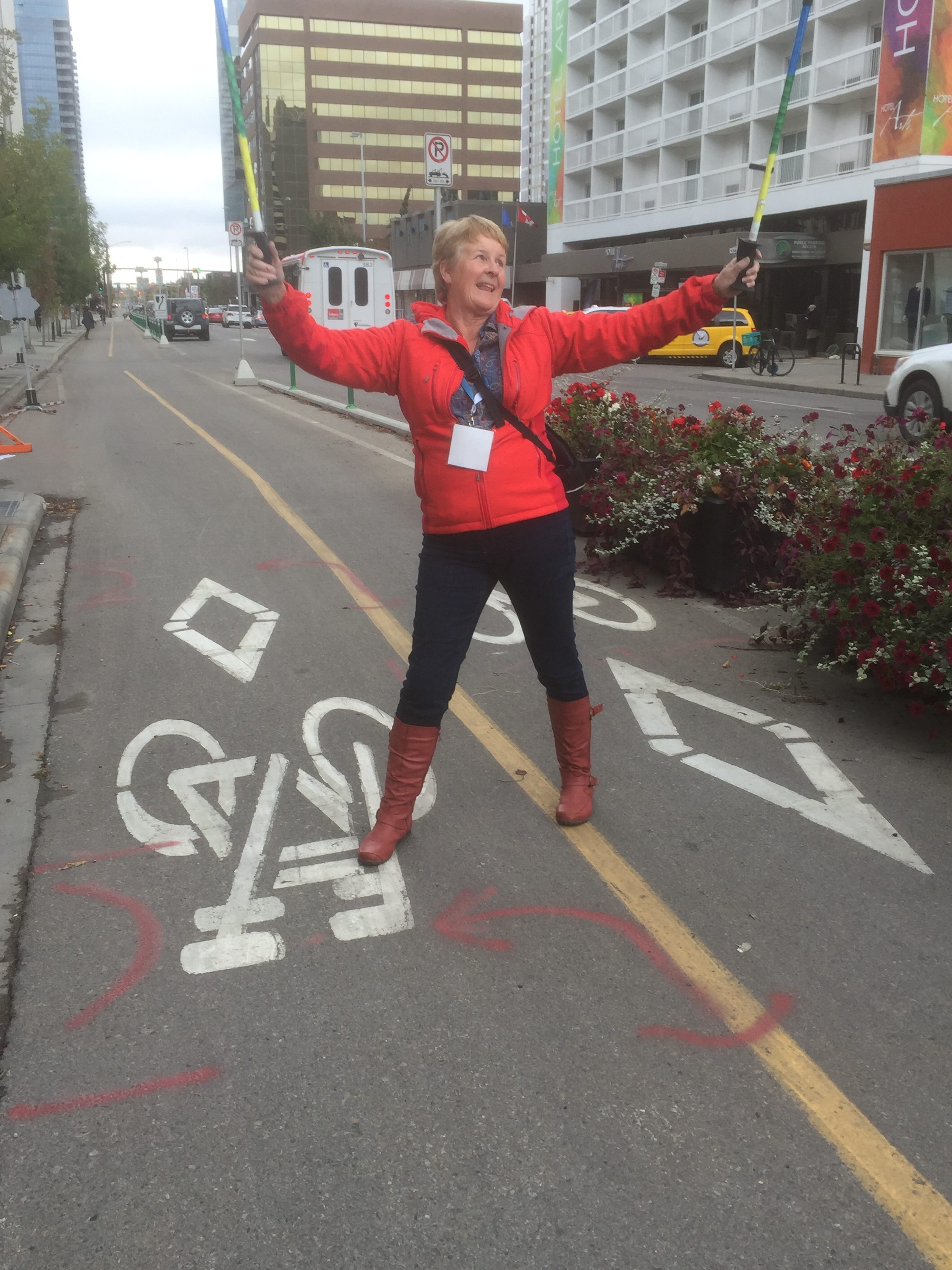
There is a shift in the conversation about the rights of pedestrians and cyclists to travel comfortably, conveniently and safely on Metro Vancouver streets. This discussion has been highlighted internationally in the media and you can take a look at almost any historic street photo from the early 20th century and see a surprising truth~in the early 1900’s pedestrians and bikes mingled and crossed streets, with vehicles either interspersed or travelling a slow enough speed to allow for such passage.

While in the early 20th century cities and streets were still being designed as if pedestrians and not cars shopped there, streets then morphed into emphasizing automobile movement and motordom efficiency. Getting places faster was always from a vehicle driver’s perspective, not that of pedestrian.
The Toronto Star’s Christopher Hume describes it this way: Streets have also become the forgotten element in our efforts to create a livable city. In Toronto, the focus is on parks, housing, towers and transit; streets are left to fend for themselves. At the same time, however, streets are under more pressure than ever as the historic dominance of the car is challenged by other groups, namely cyclists and pedestrians. The car has wreaked untold damage on our streets as well as our cities. Its needs are at odds with those of the urban environment. Cars are quick. Cities are slow. Cars want highways, fast roads that run as straight as possible with as few interruptions as possible. City roads, by contrast, must accommodate not just vehicular traffic but the activity that unfolds along its edges, the shops, restaurants, museums, malls, schools, cafes, courts . . .
”
Hume also notes that there are no “Great Streets” in newer towns and cities. The art of street building has been lost in the bid to champion accessibility of the car. Matthew Fleischer of the Los Angeles Times notes that in Los Angeles pedestrian collisions have doubled in two years with a 58 per cent increase of fatalities. Efforts to slow traffic down, change design and driver behaviour have resulted in “political backlash” to City Council whenever pedestrian safety is improved. As Fleischer observes “the rising body count seems to indicate that pedestrian safety falls somewhere between tree trimming and gum removal on their priorities list.”
Economic studies clearly show that designing streets for walkers and bikers increases the retail success of businesses on commercial streets. Instead of looking at walking, biking and vehicular traffic as pieces that need to be protected from each other, more integrated approaches are needed to holistically design for all modes, to get back to the early 20th century concept of street. One of the most important urban design elements in the 21st century will be the design of streets that capture the sociability, health, and connectivity of streets from a pedestrian and cyclist perspective. Allan Jacobs started this conversation in his book Great Streets looking at the components that made these streets successful, welcoming, and sticky for pedestrians. Wresting control of our own great streets from motordom will be this century’s challenge.


